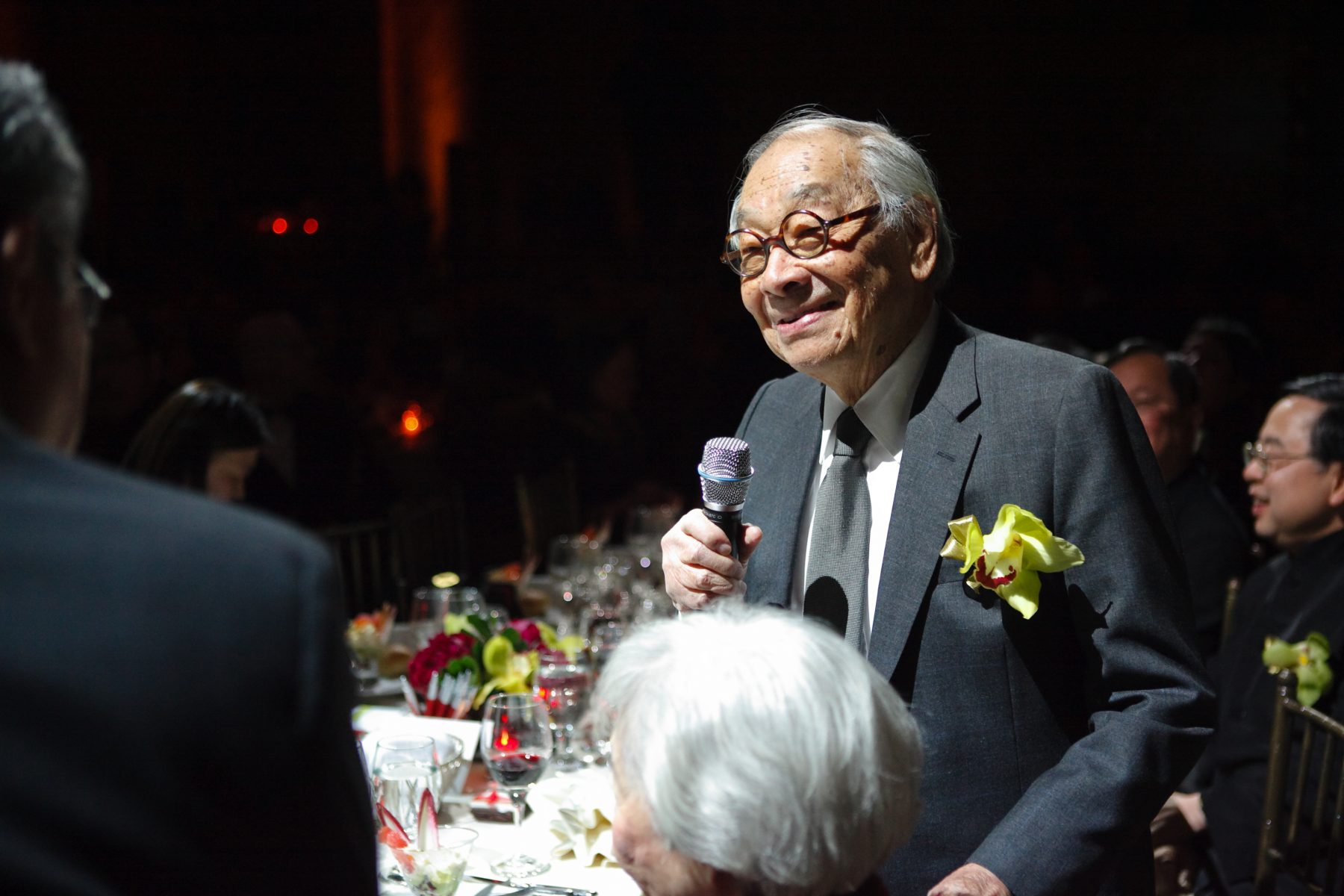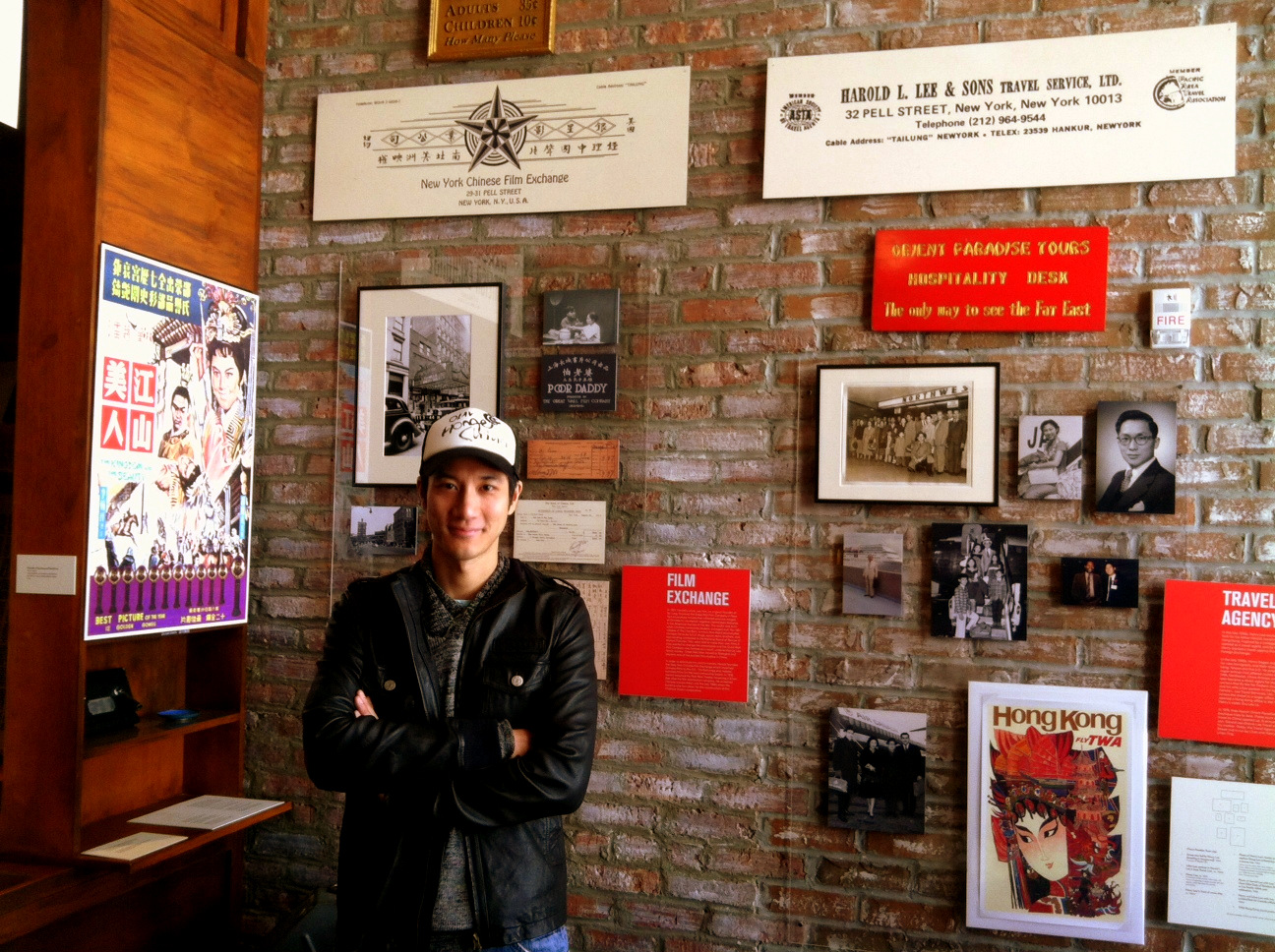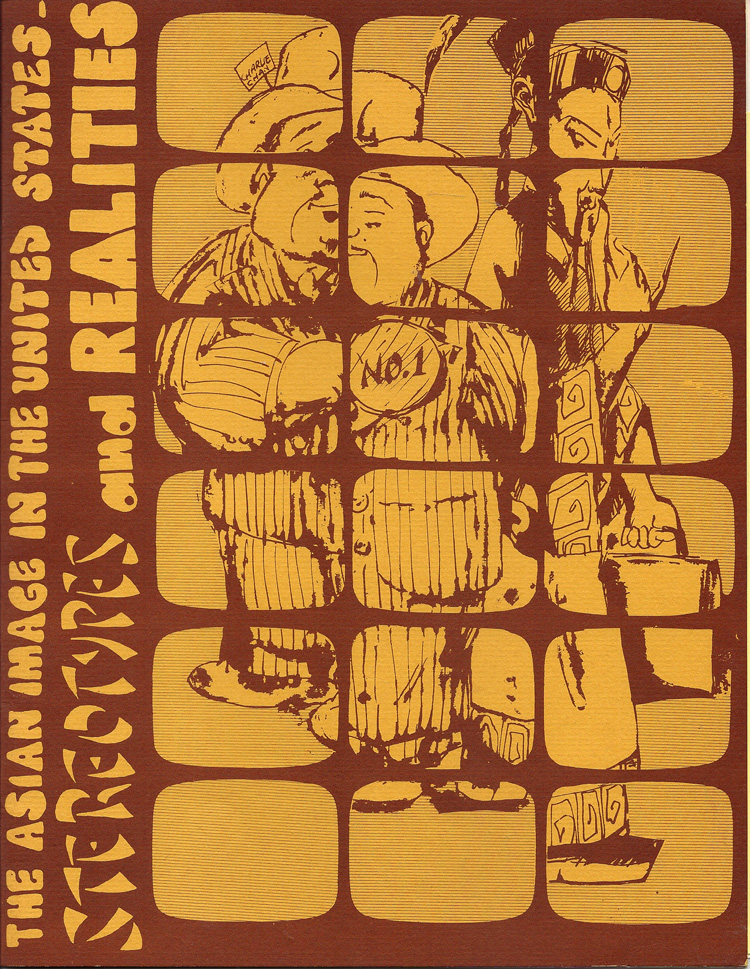Ieoh Ming Pei (1917-2019), better known as I.M. Pei, was one of the 20th century’s most prolific and renowned architects. Born in Guangzhou, he moved to America at age 18 to study architecture at the University of Pennsylvania, MIT, and Harvard. After graduating, he worked as a research scientist for the U.S. government during World War II and was later recruited by real estate developer William Zeckendorf. His work under Zeckendorf quickly transitioned into high profile projects, allowing him to found his own design firm in 1955. By 1960, he begin winning commissions for major independent projects.
His most notable works include the John F. Kennedy Presidential Library, the East Building of the National Gallery of Art in Washington, and the Museum of Islamic Art in Qatar. In 1989, Pei completed his most famous work – the glass pyramid above the Louvre in Paris, controversial at the time but now one of the city’s most famous landmarks. His style combined modernism, cubism, and Islamic architecture, often utilizing glass and steel and sought after by art museums, corporations, and real estate developers alike.
Pei won nearly every architecture award around, including the American Institute of Architects Gold Medal, a lifetime achievement award from the Cooper Hewitt National Design Museum, and the Pritzker Prize, the highest honor a living architect can receive – he used his $100,000 prize money from the latter to start a scholarship fund for Chinese students wishing to study architecture in America. In 1992, he was awarded the Presidential Medal of Freedom. On the morning of May 16th, I.M. Pei passed at his Manhattan home at the age of 102. Always striving to produce an “architecture of ideas” that would “stand the test of time,” Pei’s inspirational buildings and legacy will surely do just that.


